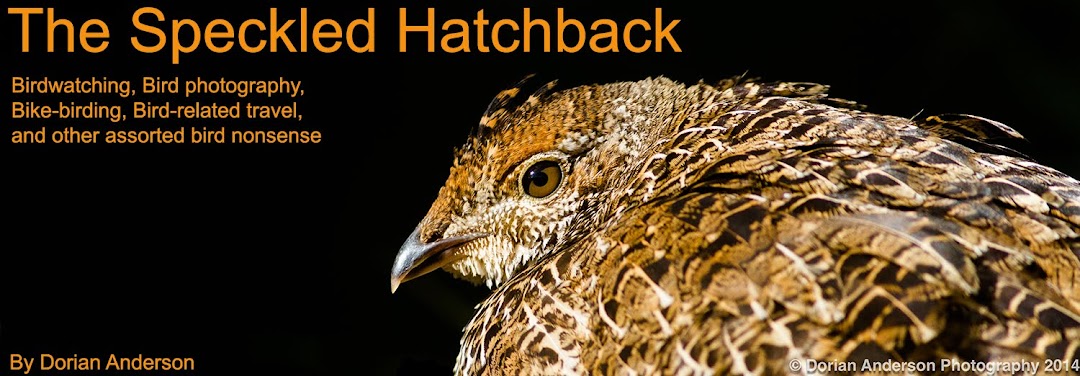As anxiously as I await the return of neotropical migrants each spring, their arrival is admittedly a bit bittersweet since it signals the looming departure of shorebirds, my favorite and most obliging local photographic subjects. Since I moved to the Bay Area exactly a year ago, I've learned a ton about shorebird distribution and behavior, particularly as I tend to visit the same spots over and over. I know which species can be found and photographed on which tides, and I understand how the light and angles change through the seasons. In some ways, I feel that photography has opened me up to a level of behavioral study that traditional birding and its often listing-centric approach completely misses. These last two weeks have been particularly exciting as most of the birds have molted into the breeding garb ahead of their own migration back to the arctic. Here are a few shots to send the bird off. I hope you enjoy them.
***Click all images for nice, higher resolution view***
Long-billed Curlew - Numenius americanus
Canon 500mm f/4 IS + 1.4x III on EOS 5D Mark IV
1/3200 at f/5.6, ISO 800
Short-billed Dowitcher - Limnodromus griseus
Canon 500mm f/4 IS + 1.4x III on EOS 5D Mark IV
1/1600 at f/5.6, ISO 1000
Black-bellied Plover - Pluvialis squatarola
Canon 400mm f/4 IS DO II on EOS 5D Mark IV
1/3200 at f/5.6, ISO 640
Western Sandpiper - Calidris mauri
Canon 500mm f/4 IS + 1.4x III on EOS 5D Mark IV
Breeding plumage Dunlin had been a particular photographic nemesis, so I decided to take control of that matter this week. Realizing the birds were in beautiful plumage bit would be gone very soon, I decided to crawl a long way out on the bay mudflats to get the shot I wanted. It took about an hour and half of crawling and pausing, but they finally got completely used to me and let me do my thing.
Operation Dunlin - here was my track.
I probably crawled 60-70 yeards.
And here's what I looked like afterwards.
Dunlin - Calidris alpina
Canon 500mm f/4 IS +1.4x III on EOS 5D Mark IV
1/3200 at f/5.6, ISO 640
I can't wait for these guys to return in the fall! As for what will happen the next few months, I probably spend a lot of time photographing terns, though I'll have to drive south on the bay to best do it. Otherwise, summer birding and photography is kinda slow around here, so I'll have to work really hard to scrape out shots in the next few months. Gotta get a good Pigeon Guillemot flight shot in Pillar Point Harbor.....











